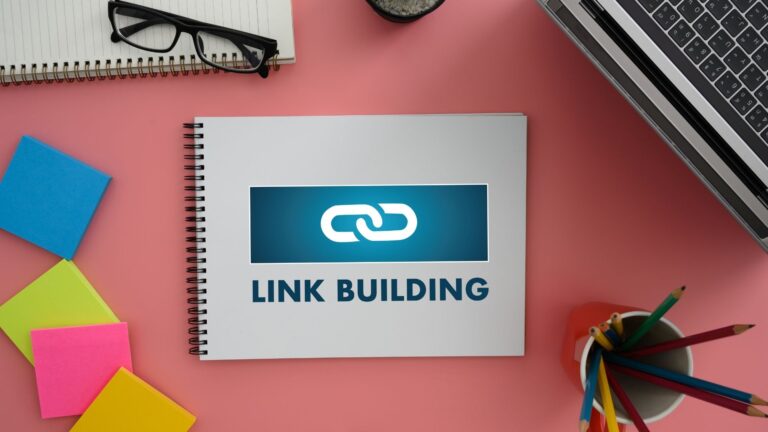Search engine optimization (SEO) is a critical aspect of online marketing. It’s essential to ensure that your website is structured correctly to achieve the best possible results in search engine rankings. The way you structure your HTML code plays a crucial role in determining how well your website performs in search engine results pages (SERPs). In this article, we will discuss how to master HTML structure for optimal SEO performance.
Why is HTML Structure Important for SEO?
HTML (Hypertext Markup Language) is the fundamental code used to create web pages. It is the foundation of all websites and the starting point for optimizing your website for search engines. Search engines use HTML to understand the content on your website, and they look for specific elements to determine the relevance of your website to a particular search query.
Search engines use algorithms to determine how to rank websites in their SERPs. One of the critical factors they consider is the HTML structure of your website. Your HTML code should be clean, well-organized, and easy to read. This will help search engines understand the content on your website and rank it accordingly.
Elements of HTML Structure for SEO
There are several elements of HTML structure that are essential for SEO. Let’s discuss them in detail.
Title Tag
The title tag is an HTML element that defines the title of a web page. It is displayed in the search engine results as the clickable link to your website. It’s crucial to create an informative and compelling title tag that includes your primary keyword. This will help search engines understand the content on your page and rank it accordingly.
Meta Description
The meta description is an HTML element that provides a brief summary of the content on a web page. It is displayed below the title tag in search engine results. The meta description should be engaging and descriptive, including your primary keyword. This will help entice users to click on your website and improve your click-through rate (CTR).
Header Tags
Header tags (H1, H2, H3, etc.) are HTML elements that define the headings and subheadings of a web page. They help organize the content on your page and make it easier for users to read. Search engines use header tags to understand the structure of your content and determine its relevance to a particular search query.
It’s essential to include your primary keyword in your header tags to help search engines understand the content on your page. However, it’s crucial to use header tags appropriately and not overuse them.
Image Alt Tags
Image alt tags are HTML attributes that describe the content of an image. They are essential for SEO because search engines can’t read images, and they rely on alt tags to understand the content on your website. Including descriptive alt tags for your images can help improve your website’s relevance and ranking in search engine results.
URL Structure
The URL structure of your website is essential for SEO. Your URL should be concise, descriptive, and include your primary keyword. A well-structured URL can help users and search engines understand the content on your page and improve your website’s ranking in search engine results.
Tips for Mastering HTML Structure for SEO
Now that we’ve discussed the essential elements of HTML structure for SEO let’s take a look at some tips for mastering it.
Keep it Simple
Your HTML code should be clean, concise, and easy to read. Avoid using unnecessary code or complicated structures that can make it difficult for search engines to understand the content on your website.
Use Descriptive Titles and Meta Descriptions
Your title tag and meta description should be informative and engaging, including your primary keyword. This will help entice users to click on your website and improve your CTR.
Use Header Tags
Appropriately Header tags are essential for organizing the content on your website and helping search engines understand its structure. However, it’s essential to use them appropriately and not overuse them. Your H1 tag should include your primary keyword and should be used for the main heading of your page. H2 tags should be used for subheadings and should include relevant secondary keywords.
Use Descriptive Alt Tags for Images
Including descriptive alt tags for your images can help improve your website’s relevance and ranking in search engine results. It’s crucial to use descriptive alt tags that accurately describe the content of the image.
Create a Clear and Concise URL Structure
Your URL structure should be concise, descriptive, and include your primary keyword. This will help users and search engines understand the content on your page and improve your website’s ranking in search engine results.
Test Your HTML Structure
It’s essential to test your HTML structure regularly to ensure that it’s optimized for SEO. Use tools like Google’s Search Console to analyze your website’s HTML structure and identify any issues that need to be addressed.
Mastering HTML structure is essential for optimizing your website for search engines. Your HTML code should be clean, well-organized, and easy to read. Including key elements like title tags, meta descriptions, header tags, alt tags, and URL structure can help improve your website’s relevance and ranking in search engine results.
By following the tips outlined in this article, you can master HTML structure for optimal SEO performance. Regularly testing your HTML structure and making necessary adjustments can help ensure that your website is always optimized for search engines, driving more traffic to your site and improving your online visibility.




